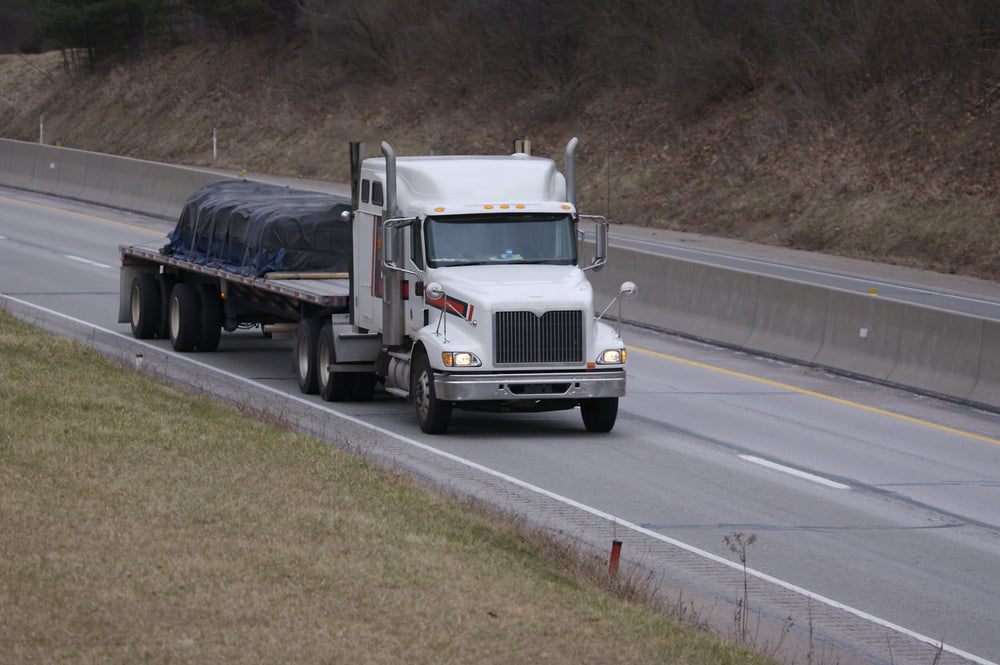
Aggregate Working Load Limits
With such a wide range of strength and length in commercial tie downs, it’s important to determine the aggregate working load limit of the equipment you choose before you attempt to haul your cargo.
What Does Aggregate Working Load Limit Mean?
Working load limits determine how much weight or force tiedowns and other securing devices can secure without breaking. Moreover, the aggregate working load limit is the sum of the working load limits for each device you use to secure your load.
Manufacturers test their products and provide these numbers as a safety measure for their customers. For tiedowns, they are generally marked with strap safety tags that disclose this sort of information. Without them, users may apply these products beyond their limits. This subjects them to potentially damaging their products, as well as putting themselves and others in dangerous situations.
- Learn more about the differences between the working load limit, breaking strength, and safety factor.
To meet safety requirements, the total limit of the devices you use must be at least 50% of the total weight of all the pieces of cargo you are hauling.

How Do You Determine Aggregate Working Load Limits?
You can figure out the aggregate working load limit of your securing devices by adding together:
- 50% of the working load limit of each tiedown attached to an anchor point on your vehicle, and
- 50% of the working load limit of each tiedown attached to your vehicle and goes over, around or through your cargo.
The sum equals your aggregate working load limit. To clarify, it’s important to figure your limit and use the necessary amount of tiedowns for every load you haul. If you don’t, you risk being cited by the DOT or losing your cargo on the road, which could lead to serious injury to you or to another motorist.
More Resources You May Like
Check out our additional resources on working load limits and how to apply them to various cargo control equipment:
Do's and Don't's of Load Securement on Trailers
Hauling Wide Loads and Oversized Loads
Using Tie Downs to Secure Cargo Loads Safely and Securely
What's the Difference Between Direct and Indirect Tiedowns?





